Free feeding cats is a very common practice in many households, but just because it is common does not mean it is the best option.
Indoor Cats are typically not Highly Active
Typical indoor cats are not considered “highly active,” rather they are more often a moderate or low activity level. Living indoors simply does not provide the space or stimulation that cats are adapted to. In an environment that lacks stimulation, cats will often eat when there is nothing else to occupy them. Free feeding makes it easy for indoor cats to consume more calories than they are expending, leading to weight gain and possible obesity.
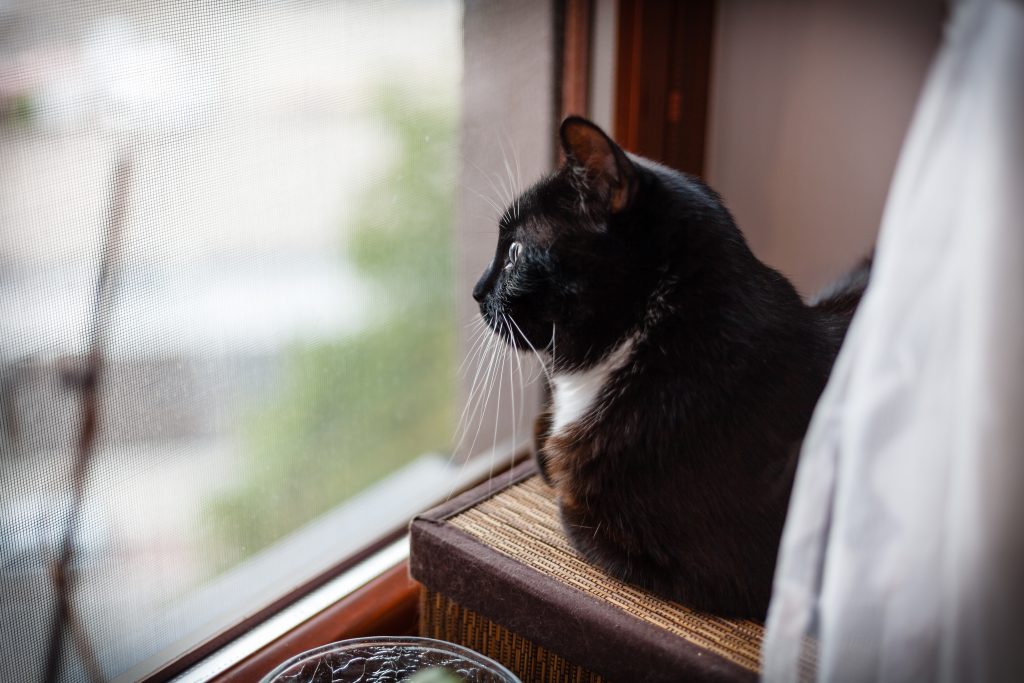
Cats are not natural Grazers
When food is always available, you may see your cat eating at a variety of times throughout the day. Although it seems like your cat is grazing all day, picking out just a few kibbles here and there, in reality they are eating meals. Having a full bowl of food available 24 hours a day allows cats to eat many full meals in a day, often more meals than they should based on their energy expenditure.
Food Intake is an important Indicator of Health
Cats are very stoic and often do not present signs of illness that are obvious to us. A loss of appetite or reduced food intake can be a helpful early indicator of disease. Early detection of illness increases the chance of successful treatment. When cats are free-fed, it can be difficult to see when consumption has declined.
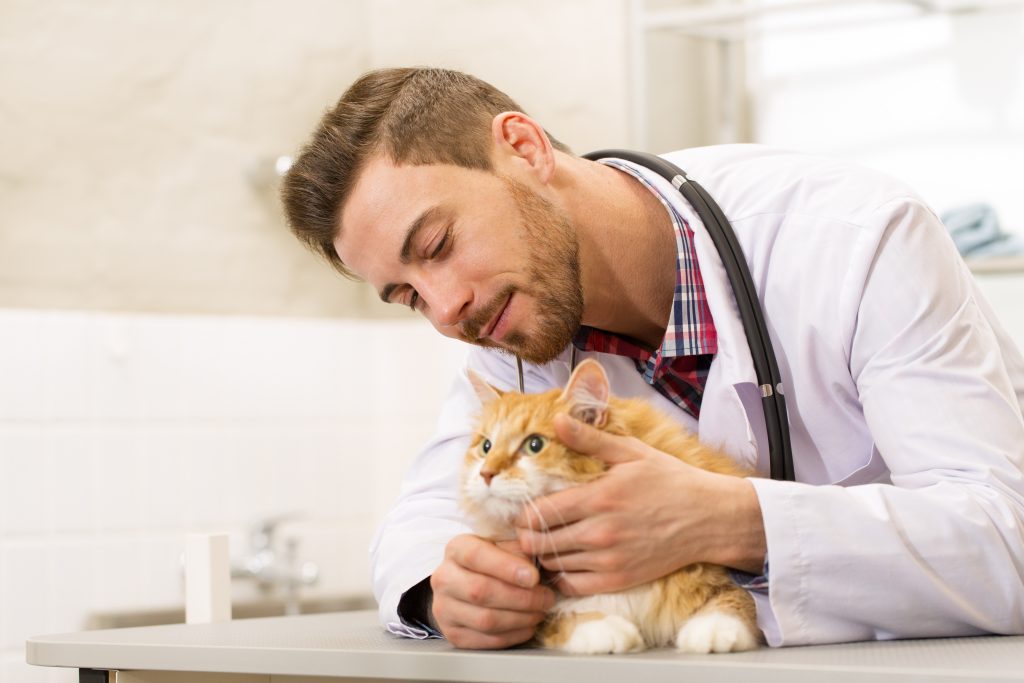
Cats prefer Fresh Food
When we set food out in a bowl, the oxygen in the air begins to degrade (oxidize) the fat in the diet. Cats are very sensitive to oxidized fat; even a slight breakdown in the structures decreases palatability, leading to a less enjoyable eating experience for cats.
Weight management relies on proper Measurement
When free fed cats begin to gain excess weight, creating a weight loss plan can be tough because it is difficult to know how many calories the cat has been consuming each day making it a challenge to restrict calories. When weight management diets (lower calorie diets) are free fed, cats will typically consume a higher volume of food, resulting in minimal, if any, calorie reduction.
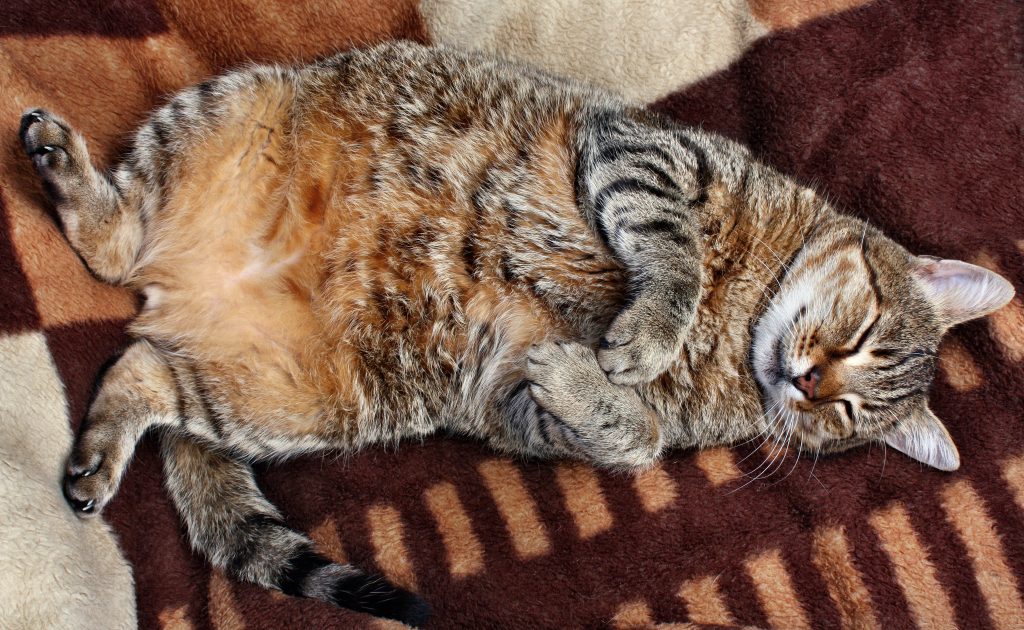
Tips for transitioning to Meal Feeding
When cats are accustomed to having food always available, they end up on their own schedule which might not align with yours.
Measure out half of the day’s food and set it out in the morning, allowing the cat to eat on their own schedule. In the evening, serve the other half of the day’s food.
Adding canned food to the meal can encourage consumption right away and your cat will get use to the new schedule.
Engaging in play stimulates feline appetite, so spend some time interacting with your cat prior to meal time.
Meal feeding promotes Health
Feeding meals instead of free feeding can increase your cat’s health and prevent things such as obesity, which is a precursor for many feline diseases. Feed your cat fresh, appropriately sized meals to enhance their enjoyment and health.
When it comes to deciding how to feed our pets, we make it our mission to find a formula with the highest quality ingredients, in the right form for our pets – whether it be kibble, raw, freeze dried or canned. We heavily research the company that makes the food and the regions from which they source ingredients. We watch our pets closely on each new formula, assessing their energy, weight, coat condition and stool quality. We become dietitians, dermatologists and gastroenterologists all in the name of love – for our animals. We love to see them wag their tail and lick their lips, shake a paw and get up on their hind legs dancing in joy! We want to thank them for being our companions, confidants and cherished friends with the most delicious, tempting treats we can find!

But treats don’t just have to be delicious. “Treats” can become part of the diet that you have so carefully chosen or maybe even cooked up yourself. Considering treats, not just as a tasty morsel, but as a functional part of the diet, you can ensure the health of your 4-legged family members is always optimized. Lots of pet parents are already making a great effort to choose healthy treats, but it is possible to go even deeper and choose the right treats for what your pet specifically needs – a treat that is the perfect complement to the pet food you have chosen.
Single ingredient treats are a simple addition that you can be confident in selecting. Only one ingredient means you have complete control over what you are adding to the diet. If your pet has dietary restrictions, it can be a hassle reading through the list of ingredients in many biscuits or chewy treats. There is a wide variety of single ingredient treats including meats, fruits and vegetables.
Dogs love the taste of liver, so liver treats are a highly motivating reward. Not only are they delicious, they are high in protein, low in fat and a rich source of vitamin A – essential for skin & coat, eyesight and mobility; and B vitamins – essential for the function of multiple body systems, including energy generation, immunity and gut health. Chicken jerky is also a tasty, lean protein treat that contains B vitamins and Selenium – an important antioxidant. These treats are a great choice for weight conscious pets or pets that would benefit from extra protein or vitamins.
Fish skin is a high-quality source of omega fatty acids as well as other nutrients that support skin structure and function including B vitamins, selenium and amino acids. Beef fillets also contain omega fatty acids as well as zinc, a very important mineral for skin and immunity. These treat options are healthy and tasty for pets that need dermatological and immune support.
Many vegetables contain essential vitamins and minerals as well as complex carbohydrates that help regulate blood sugar and provide prebiotic fiber to enhance gut health. Air dried sweet potato is a palatable, low calorie treat that is low glycemic with fiber to support digestive health. Sweet potato contains vitamin B6, which also helps regulate blood sugar as well as support the nervous system and many other body functions. Vitamin C and manganese in sweet potatoes are both involved in antioxidant activities in the body.
With so many nutritious treat options, you are able to complement and enhance your pet’s diet with the most suitable additions, while enjoying quality time bonding with your pet.
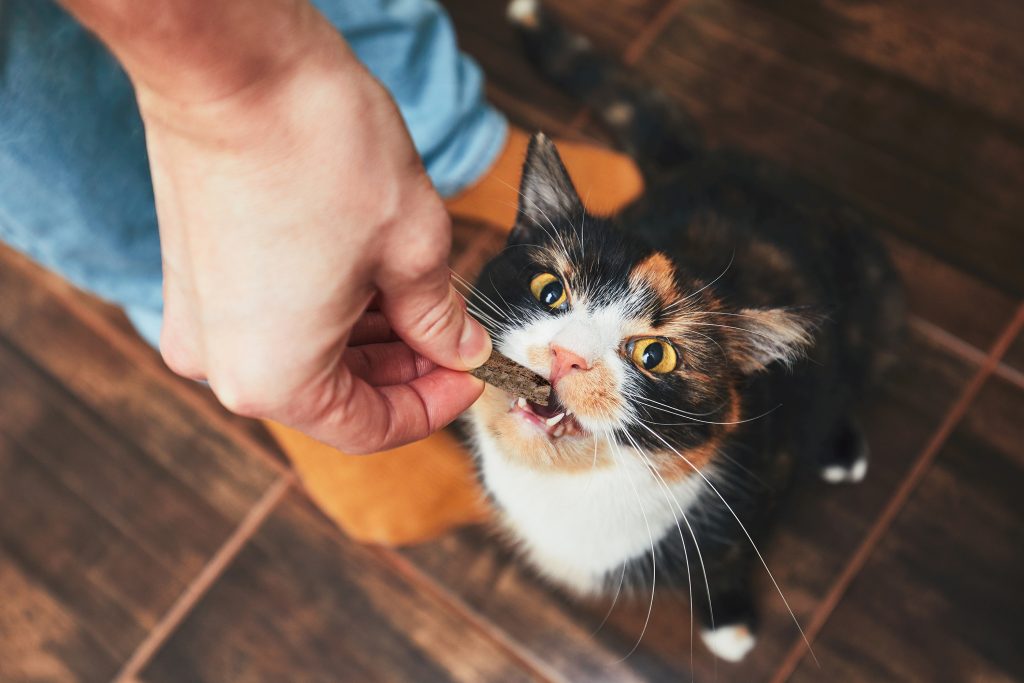
This month at Global Pet Foods we are highlighting three new single ingredient treats from Nature’s Harvest: air dried Chicken Jerky, Beef Fillets and Pork Cracklings. Crispy cod skins and sweet potato chews are also available from Nature’s Harvest.
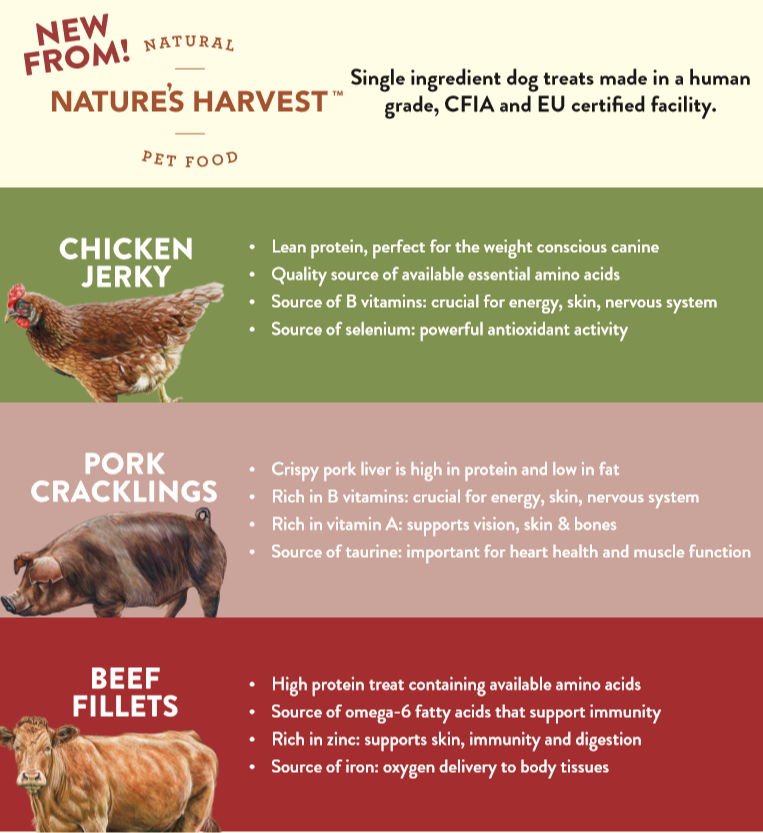
Visit your local Global Pet Foods to see a full selection of healthy treats from a variety of trusted brands.